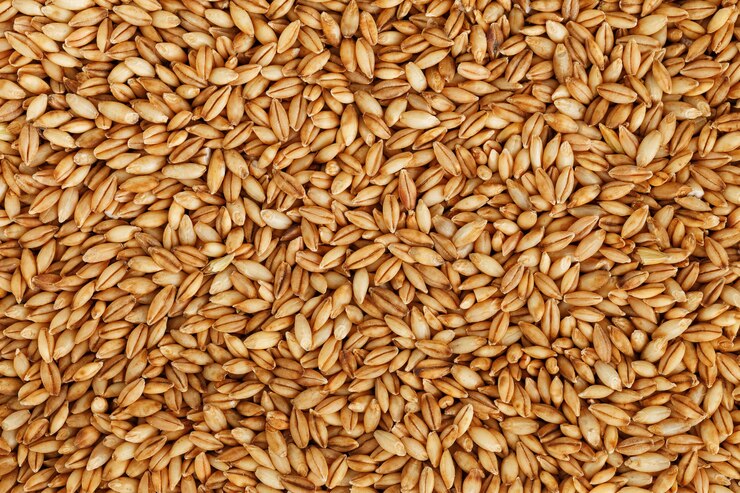When growing barley in South Africa, there are several infections and diseases that farmers should watch out for. Here are some of the common ones:
- Barley Leaf Stripe (Pyrenophora graminea): This fungal disease affects the leaves of barley plants, causing characteristic yellow stripes. It can reduce yields and affect grain quality. Fungicides and resistant barley varieties can be used for control.
- Powdery Mildew (Blumeria graminis f. sp. hordei): Powdery mildew is a fungal disease that appears as a white powdery coating on the leaves, stems, and heads of barley plants. It can reduce photosynthesis and limit grain filling. Fungicides and resistant cultivars are used for management.
- Net Blotch (Pyrenophora teres): Net blotch is a foliar disease caused by a fungus that affects barley. It produces characteristic dark brown or black necrotic lesions with a net-like appearance on the leaves. Fungicides and resistant cultivars are used to manage net blotch.
- Barley Rust (Puccinia hordei): Barley rust is a fungal disease that causes orange or reddish pustules on the leaves and stems of barley plants. Severe infections can lead to significant yield losses. Fungicides and resistant varieties can be used for control.
- Barley Yellow Dwarf Virus (BYDV): BYDV is a viral disease transmitted by aphids. Infected barley plants show stunted growth, yellowing of leaves, and reduced yield. Planting resistant varieties and controlling aphids can help manage this disease.
- Fusarium Head Blight (Fusarium graminearum): Fusarium head blight is a fungal disease that affects the heads of barley plants, causing bleaching, shriveling, and mycotoxin contamination. Crop rotation, fungicides, and planting resistant cultivars are used for management.
- Barley Scald (Rhynchosporium secalis): Scald is a fungal disease that affects the leaves of barley, causing elongated yellow or brown lesions. It can reduce yields and grain quality. Fungicides and resistant cultivars can be used to manage scald.
It is important for barley growers in South Africa to monitor their crops regularly, practice good crop rotation, use disease-resistant cultivars, and employ appropriate cultural and chemical control measures as recommended by agricultural extension services and local experts.
Join 'Farmers Mag' WhatsApp Channel
Get the latest Farming news and tips delivered straight to your WhatsApp
CLICK HERE TO JOIN






